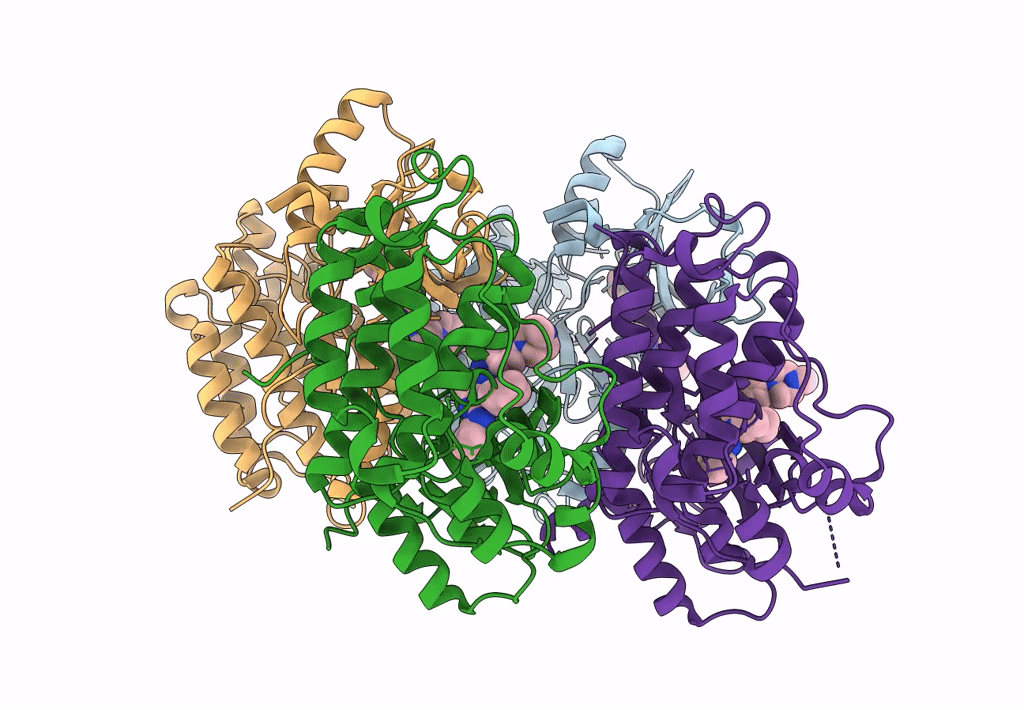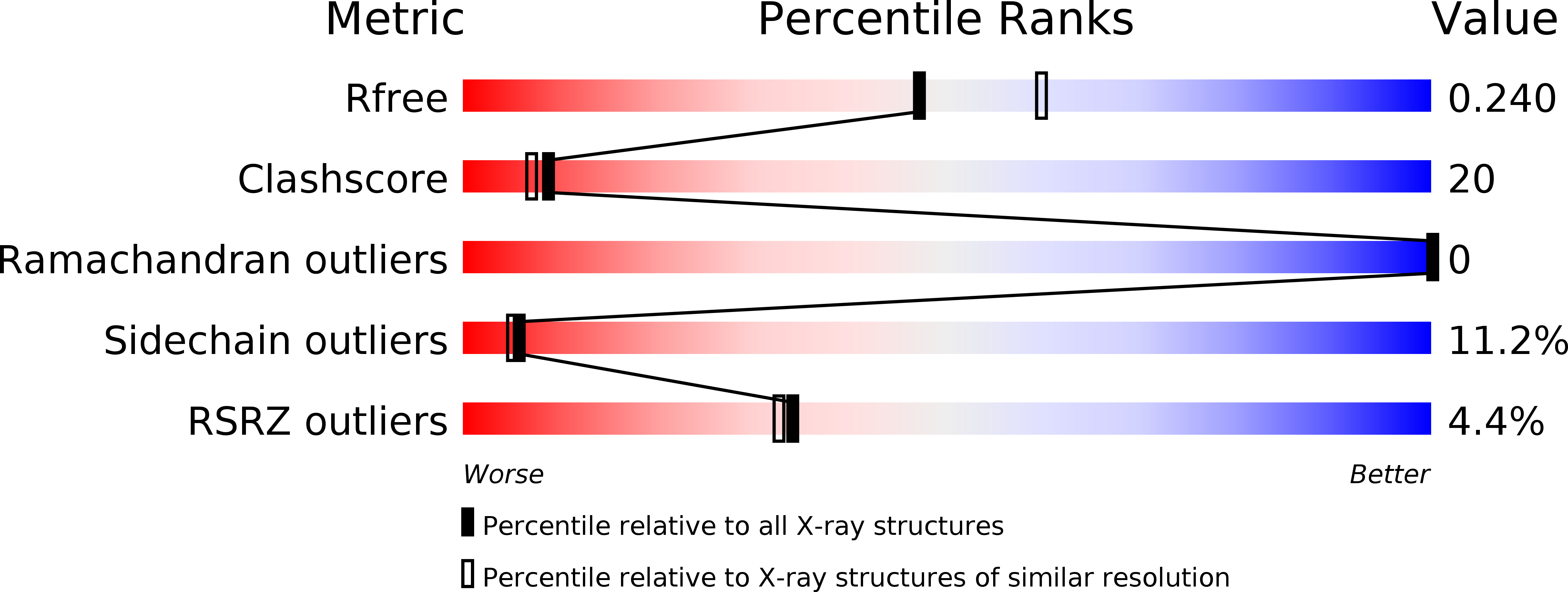
Deposition Date
2017-01-31
Release Date
2018-02-07
Last Version Date
2024-03-27
Entry Detail
PDB ID:
5X2F
Keywords:
Title:
Crystal structure of EGFR 696-1022 T790M/V948R in complex with SKLB(6)
Biological Source:
Source Organism:
Homo sapiens (Taxon ID: 9606)
Host Organism:
Method Details:
Experimental Method:
Resolution:
2.20 Å
R-Value Free:
0.23
R-Value Work:
0.20
R-Value Observed:
0.20
Space Group:
P 1 21 1


